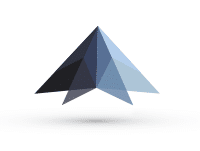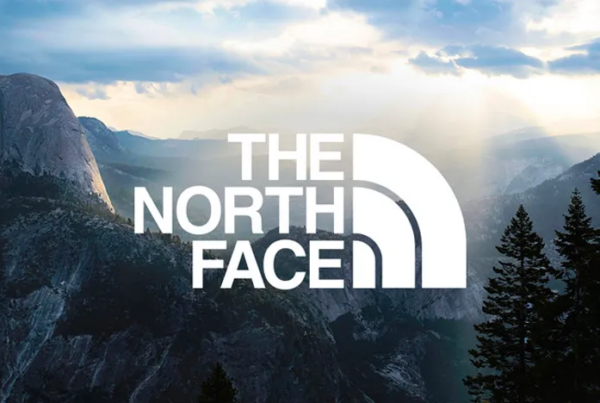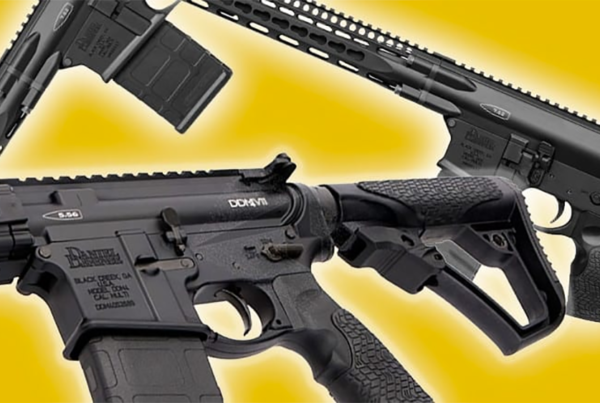
Several times a year I am commissioned to design a logo. Projects run the gamut in subject matter, and I often find myself biting my lip because I’m not inspired by what the brand, product or service stands for — these projects are priced accordingly or turned down. However in most cases, I’m able to take an idea and run with it, knowing that I can come up with something that meets or exceeds the client’s expectations.
Typically the most difficult projects — the real stumpers — are about subjects that don’t relate to any tangible objects in the real world. It’s much easier to get creative with a person, place or thing than with an idea. In these cases you have to incorporate related objects to communicate what you are trying to convey. For example lets look at a past project – Noble Plans, a non-profit recruitment agency or RPO.
How do you come up with an icon for Noble? Or Plans? You don’t — it doesn’t exist. The easy way out would be to come up with some typeface and call it good. We solved this problem by using the “cross meaning” method as a way to communicate the meaning of noble. ”Cross meaning” is essentially finding something that is similar to the meaning but drawing from another category. So instead of asking what does noble look like — the question becomes, what is noble?
Some examples of Noble may be: A Politician (haha, …no.)? A Knight? A Shield? Perhaps a Lion?
 The answer to the problem was a Lion. It proved to be a good fit to express nobility, integrity and strength. These were also brand attributes the owners wanted to convey. We then used a strong typeface to reinforce. In the end, not only did the Lion make sense, but it also differientiated the brand in a highly competitive category. We also made sure that within their category, their competitors where not using a Lion.
The answer to the problem was a Lion. It proved to be a good fit to express nobility, integrity and strength. These were also brand attributes the owners wanted to convey. We then used a strong typeface to reinforce. In the end, not only did the Lion make sense, but it also differientiated the brand in a highly competitive category. We also made sure that within their category, their competitors where not using a Lion.
Really great logo designers typically invoke a high level of cleverness into design. Cleverness is the ability to show inventiveness or originality.
I define creativity as: the capacity and talent of a designer to take shape, color, form, style, imagery and type and transcend those design elements into original, progressive ideas that give the viewer or audience something they have never seen before. Creativity can also influence the purchase decision by causing the viewer to feel enjoyment or satisfaction when encountering a piece of communication. In design, creativity is often restrained to ensure accuracy in communicating with the desired target audience. It can also be repressed by the product or service owner’s idea of how best to present itself. These dynamics determine the level of “punch” of any creative execution.
Remember a logo is much more than just a “logo” – it’s the number one business asset that allows businesses to compete and differientiate themselves in the marketplace. For small companies, it’s the pivot point that establishes a sense of pride, ownership and foundation.
Below is the process I generally take when designing a logo. Sometimes when I hear the name of the brand, by God’s grace – the idea just pops in my craw, other times — it takes some work and a lot of thought. But the challenge is what keeps me loving what I do – being a designer and a thinker.
Thinking is the hardest work there is, which is probably the reason why so few engage in it. – Henry Ford
- First things first, start off with word association: Using the Visual Thesaurus tool and Dictionary.com – I will look for words similar to the subject’s name, meaning, industry or any other nouns or adjectives to begin to understand the meaning and potential underlying meanings and how they are percieved.
- Begin initial concepts: Based on your initial impressions of the subject, sketch out some rough concepts on paper. I will then look for photographs to bring resolution to the concepts.
- Create 3 different categories to design – Abstract, Lettertype and Icon
- Textures, Materials and Movement – Can you reinforce your message with any of these elements?
- Color & Type – Add the appropriate colors and characters (typeface) based on the directive of the communication.
- Presentation – a little trick I use to present logos is to arrange them in a way that builds up to a climax – presenting the weakest designs first and ending with the strongest. Try to also arrange in a professional layout, just don’t throw them at the client all at once. Walk them through your process. This helps create a great presentation and leaves you taking applause at the end.
- Recommendation – Without a solid presentation your best ideas will fall flat. I always give our recommendations on what we’d like to see the client go with and then fight for it. This adds value to the client and helps you to establish more credibility for later projects.





